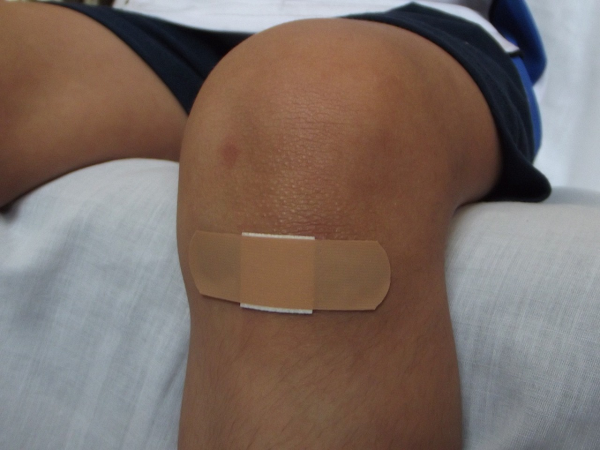What to Do When Your Child Gets Injured: A Parent’s Guide
As a parent, one of your worst nightmares is seeing your child in pain or injured. Whether it's a scraped knee or a more serious injury, knowing how to respond quickly and effectively is crucial. Here are the steps to take when your child gets injured, from assessing the situation to seeking medical help and providing comfort.
Seek a Legal Help
If you believe that someone else is responsible for your child's injury, it's important to consult with a qualified attorney who specializes in personal injury cases. They can help you understand your rights and legal options, navigate the complexities of the legal system, and pursue compensation for medical expenses, pain and suffering, and other damages. To seek legal help, find an attorney and visit their website to explore their contact options or schedule a consultation. A skilled attorney can also advocate on your behalf and ensure that your child's best interests are protected throughout the legal process.
Provide First Aid
Once you've assessed the situation, it's time to provide first aid if necessary. For minor injuries like cuts, scrapes, or bruises, clean the wound with soap and water and apply an antiseptic ointment and bandage. Remember to use age-appropriate first aid techniques and equipment. If the injury is more serious, such as a broken bone or head injury, avoid moving your child and call emergency services immediately.
- Clean the wound thoroughly with soap and water to prevent infection. Use a gentle touch, especially with younger children who may be more sensitive to pain.
- Rinse the wound under running water to remove any dirt or debris, and pat it dry with a clean cloth or gauze.
- Apply an antiseptic ointment to the wound to help prevent infection and promote healing. Be sure to use a product that is safe for children and follow the instructions carefully.
- Cover the wound with a sterile bandage or dressing to protect it from further injury and keep it clean.
- Elevate the injured area if possible, to reduce swelling and pain. For example, if your child has sprained an ankle, prop it up on a pillow or cushion to keep it elevated above heart level. Use ice packs or cold compresses to help numb the area and reduce swelling.
- Monitor the wound closely for signs of infection, such as increased redness, swelling, warmth, or drainage of pus. If you notice any of these symptoms, or if the wound does not seem to be healing properly, contact your healthcare provider for further evaluation and treatment.
Seek Medical Help
If the injury is severe or you're unsure about its severity, don't hesitate to seek medical help. Take your child to the nearest emergency room or urgent care center for evaluation and treatment. Even seemingly minor injuries can sometimes have serious underlying complications, so it's always better to err on the side of caution when it comes to your child's health.
Comfort and Reassure Your Child
Injuries can be frightening and painful for children, so it's important to comfort and reassure them throughout the process. Offer words of encouragement and praise for their bravery and stay by their side during medical examinations and procedures. Use distractions like toys, books, or music to help take their mind off the pain and anxiety.
- Offer Physical Comfort: Physical touch can be incredibly soothing for a child in pain. Hold their hand, give them a gentle hug, or stroke their hair to provide comfort and reassurance.
- Validate Their Feelings: It's important to acknowledge your child's emotions and let them know that it's okay to feel scared or upset. Encourage them to express how they're feeling and listen attentively without judgment.
- Provide Distractions: Distractions can be an effective way to help your child cope with pain and anxiety. Bring along their favorite toy, book, or electronic device to divert their attention away from the injury.
Follow Up and Monitor
After your child receives medical treatment, be sure to follow any instructions or recommendations provided by the healthcare provider. This may include administering medication, scheduling follow-up appointments, or monitoring for signs of complications. Keep a close eye on your child's recovery progress and don't hesitate to contact your healthcare provider if you have any concerns or questions.
Prevent Future Injuries
Take steps to prevent future injuries and accidents. Teach your child about safety rules and practices, such as wearing helmets while biking or using seat belts in the car. Keep your home environment safe by childproofing hazards like sharp objects, electrical outlets, and stairs. Encourage your child to stay active and healthy while also being mindful of their limitations and avoiding risky activities.
When your child gets injured, it can be a stressful and overwhelming experience, but knowing how to respond effectively can make all the difference. By assessing the situation, providing first aid, seeking medical help when needed, comforting your child, following up with healthcare providers, and taking steps to prevent future injuries, you can help your child heal and stay safe.








These are great tips for parents. Thanks for sharing.
ReplyDelete